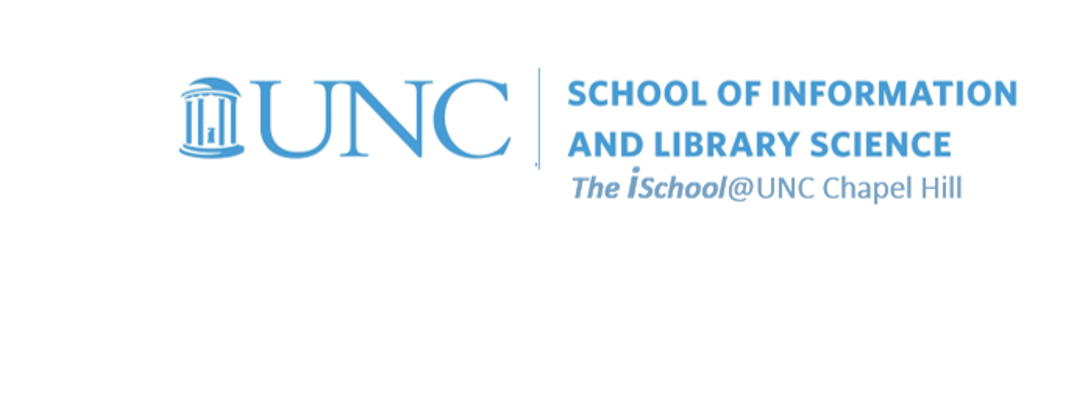Class Schedule
21 Aug | intro
23 Aug | clients |
Open Source |
VPN |
file transfer |
SFTP |
GitHub |
next session
28 Aug | servers
30 Aug | networks
04 Sep | basics lab
06 Sep | structural layer
11 Sep | presentational layer
18 Sep | working with layers
20 Sep | behavior layer
25 Sep | images & design
27 Sep | website lab
02 Oct | object layers
04 Oct | tools that read markup
09 Oct | document markup lab
11 Oct | spreadsheets, formulas & functions
16 Oct | data display
18 Oct | Fall Break
23 Oct | database tools
25 Oct | spreadsheets lab
30 Oct | relational databases
01 Nov | tables
06 Nov | relationships
08 Nov | input & output
13 Nov | SQL
15 Nov | complex queries
20 Nov | databases lab
22 Nov | Thanksgiving
27 Nov | presentation design
29 Nov | presentation delivery
04 Dec | presentation lab
13 Dec | 0800-1100 | final in class presentation

This work
is licensed under a
Creative Commons Attribution-NonCommercial-ShareAlike 3.0 Unported License.
home & schedule | class blog | syllabus | contact | grades
Confirm that you have installed a VPN capability on your client laptop.
We need to set up our laptops to be able to fully engage in client-server relationships on the UNC network
Task 01.03: Set up your Virtual Private Network connection
Off-campus access to the UNC networks requires the use of a Virtual Private Network (VPN).
A Virtual Private Network (VPN) provides an encrypted connection (secure tunnel) from off campus to the UNC-Chapel Hill internal network. VPN allows you to access campus applications and work securely, just as if you were physically on campus. Access to some campus applications from off campus require the use of VPN (i.e. Remote Desktop, Shared Drives, Virtual Computing Lab, Virtual Lab, and ConnectCarolina).
back to top
Go to ITS's VPN installation page, determine your client's operating system, and then download and install the Cisco AnyConnect VPN Client that is appropriate for your laptop, tablet, and/or phone.
back to top
When you have successfully installed it on your device, send an email note to to let me know that you have it.
back to top
clients | Open Source | VPN | file transfer | SFTP | GitHub | next session
